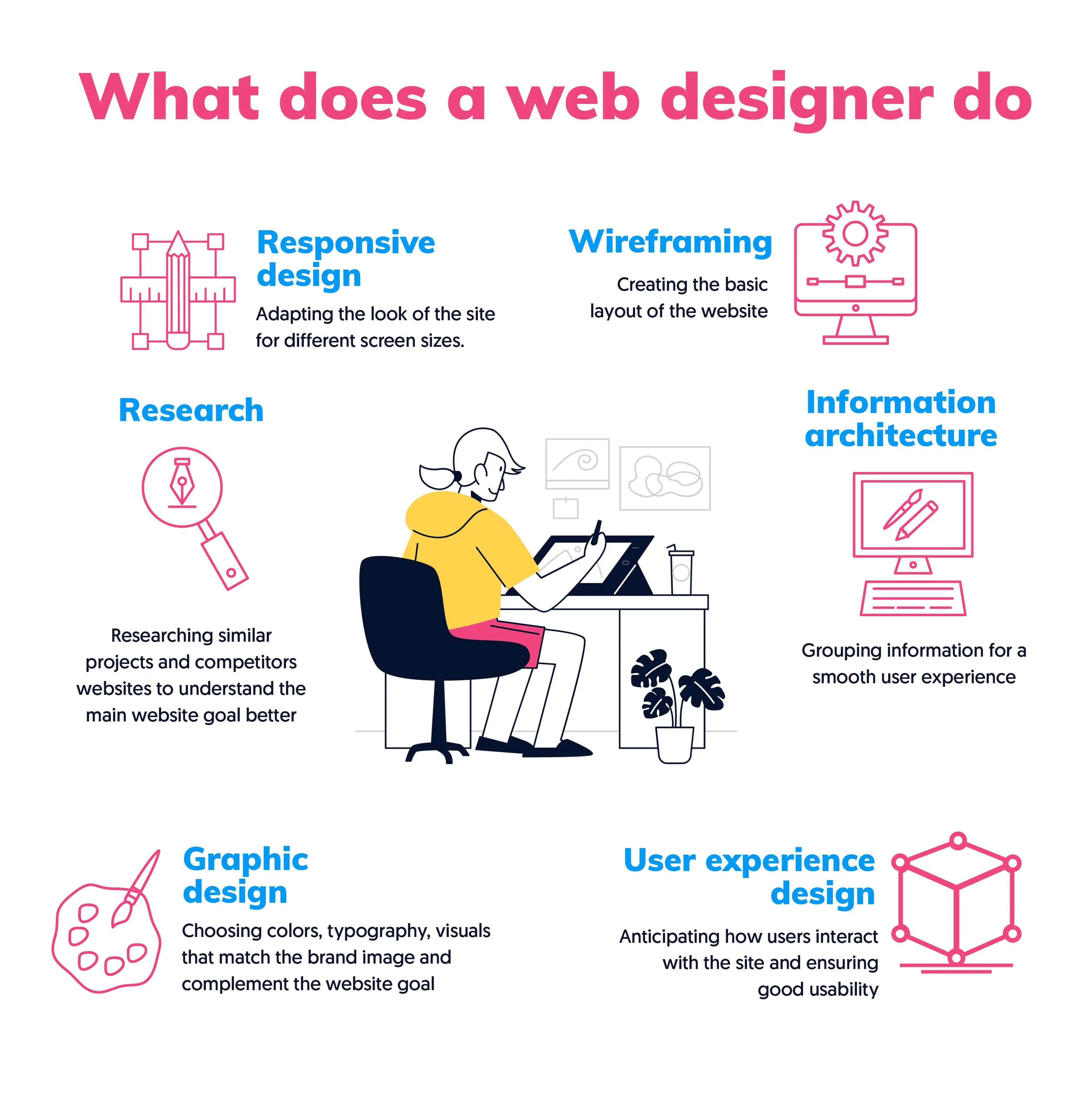Producing an impactful, user-friendly website is vital in today's business landscape, and modern internet style principles are crucial to reaching this. These maxims aim to optimize the user experience (UX) while maintaining the latest developments and technologies. Under, we discover some elementary facebook ads axioms surrounding the digital place today.

1. Responsive Style is Non-Negotiable
With mobile phones sales for over 58% of worldwide site traffic, ensuring your site seems and features seamlessly on all monitor sizes is critical. Sensitive style adapts styles, photographs, and typography dynamically, whether viewed on a computer, pill, or smartphone. Sites prioritizing open style also have a tendency to position larger searching engines, with reports featuring that mobile-first web sites see 15% more organic traffic.
2. Fast Running Rates
Website readers expect pages to load in under three seconds. Any longer, and you risk losing around 40% of your audience, in accordance with user conduct studies. Contemporary web design leverages instruments like material distribution communities (CDNs) and picture pressure to make certain light sites without diminishing on functionality.
3. Minimal Aesthetics
Minimalism is not only a trend; it is a concept that considerably influences user engagement. Reports reveal that 75% of people choose a website's standing based on visual design. Clean designs, ample white room, and simple typography support users focus on key components, increasing awareness and usability.
4. Prioritizing Accessibility
An inclusive style guarantees that your site is practical by individuals of all abilities. Functions such as for instance alt text for images, keyboard navigation, and monitor reader compatibility produce content accessible to a broader audience. Accessibility is also getting prominence in legislations worldwide, rendering it a legal concern for businesses.
5. Uniformity Across Design Things
Contemporary websites are made on visible harmony. Regular fonts, shades, and navigation styles create a finished and qualified look. That uniformity builds confidence and allows people to scan seamlessly without distress, increasing overall engagement.
6. Data-Driven Modification
Personalization powered by AI and analytics is reshaping the internet design landscape. Research shows that personalized user activities may increase conversion charges by 202%. Features like designed product tips or active material centered on person behavior provide a personalized method of engagement.
Creating a Greater Electronic Experience
Contemporary internet design may be the backbone of a fruitful electronic presence. By remaining devoted to receptive layouts, availability, rate, minimalism, and personalization, websites not only increase user experiences but also build trust and authority. For businesses and designers likewise, concentrating on these maxims guarantees they stay forward in the aggressive online landscape.
